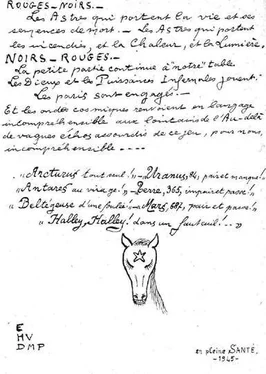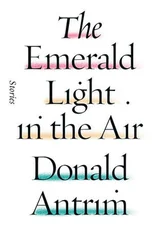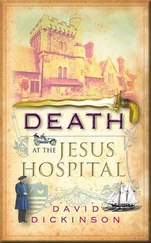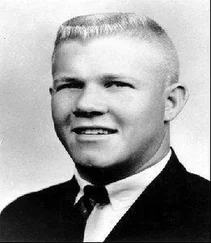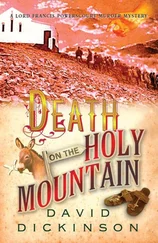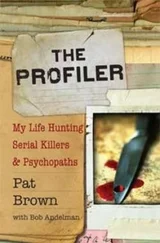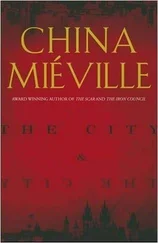Meanwhile, at a banquet in the Palais du Luxembourg, with many high-ranking Nazi Wehrmacht, Luftwaffe, Kriegsmarine, and other Occupation authorities in attendance, the Luftwaffe commander in chief, Hugo Sperrle, stood and raised his glass: “To this city of Paris where the flag of Germany shall fly for a thousand years.”
The next morning, General Von Choltitz received a phone call from Generaloberst Alfred Jodl at the Wolf’s Lair. Adolf Hitler demanded to know why no buildings had yet been destroyed.

LIKE “sparkling torpedoes,” as the satirist paper Le Crapouillot put it, limousines and black Citroëns were speeding away from the hotels in central Paris. Inside the automobiles, former administrators and “purple-faced generals, accompanied by elegant blonde women, looked as if they are off to some fashionable resort.” Administrators of lesser rank, left behind, burned files and packed away loot.
Mines were continuing to be laid around the capital, in accordance with Hitler’s wishes to leave no building of cultural significance standing. German tanks maneuvered into the place de la Concorde, which gave a commanding presence over the long, straight, and wide boulevards that spread out from the square. Panzers did the same at the Palais du Luxembourg and the École Militaire near the Eiffel Tower. At Place Saint-Michel, they had established a crossfire that would soon be called “the crossroads of death.”
Bands of Resistance fighters took to the side streets and dark alleys, or moved behind the barricades to rally supporters. With forces estimated by one leader at fifteen thousand, the FFI had few weapons, perhaps enough for two thousand, though many of these were old rifles hidden since 1940 or arms that had survived Allied parachute drops and evaded Nazi detection. One group of young Communists, taking the dearth of weapons into their own hands, used women to lure German soldiers around Pigalle into back alleys, where Resistance comrades waited to pounce on them and steal their weapons.
Men in cars painted with the Cross of Lorraine patrolled, with two gunmen in the front, like republicans in the Spanish Civil War. At the Sorbonne, Professor Frédéric Joliot-Curie, winner of the Nobel Prize in physics, made Molotov cocktails, borrowing green champagne bottles from cellars as well as bottles from the laboratory where his wife’s parents, Marie and Pierre Curie, had discovered radium. Other Resistants continued to fire stray shots at German sentries or seize goods. One man even sneaked outside the German embassy on rue de Lille and stole the German ambassador’s convertible.
Police, on strike, still refused to patrol the streets—probably the first time in Parisian history that police and rebels fought on the same side. As fighting spread sporadically across the capital, a German tank fired radio-guided incendiary shells into the Grand Palais. Inside, the Swedish entrepreneur Jean Houcke had been planning a lavish production to coincide with the Liberation. It was to be the largest circus in Europe, complete with exotic animals, trapeze acrobats, and even a clown impersonating Adolf Hitler. Houcke, in shock, sobbed as his investment burned to the ground.
More intense fighting occurred near police headquarters, which had barricades outside as high as the statue of Joan of Arc. The prefecture was now flying the tricolor, its first appearance atop a major city building since the Occupation. The weapons and ammunition of the Resistance were running low. German tiger tanks approached with Frenchmen “roped to the turret of each tank” as human shields.
Barricades were hastily erected elsewhere in the city, particularly in working-class and Communist strongholds of the north, east, and southeast. Communist Party leaders in the Resistance were calling for a full revolution, shouting the old battle cry of the Commune: “Tous Aux Barricades.” Resistants moved into position behind barricades assembled from overturned cars, rails from bombed railroad tracks, and wood from chopped-down trees and reinforced with other city facilities, from park benches to pissoirs. Another popular cry— “Chacun son Boche! ” — instructed everyone to “get his own German.”
DE GAULLE’S representative, Major Roger Gallois, had in the meantime presented the case for immediate Allied entrance to Paris to the chief intelligence officer of the Twelfth Army Group under General Omar N. Bradley. The information was passed along. Eisenhower, after first rejecting de Gaulle’s arguments, changed his mind. “What the hell, Brad,” he said, “I guess we’ll have to go in.” That evening, August 22, just south of Argentan, General Leclerc’s Second Armored Division was ordered to march to Paris.
General de Gaulle had stressed to Leclerc the importance of arriving quickly, before the Communist uprising gathered momentum and perhaps even succeeded in seizing the reins of power. But there was another reason for hurrying into the capital. General Bradley received a message from Swedish Consul Raoul Nordling, who was mediating on behalf of Von Choltitz, that the German general was under great pressure to start the destruction of Paris.
“We can’t take any chances on that general changing his mind, and knocking hell out of the city,” Bradley told his aide, General Edwin Sibert, and ordered Lt. Gen. Courtney Hicks Hodges to move. After all, even if Von Choltitz held firm, he might very well be replaced by a general determined to follow orders. Another thing Bradley knew from intelligence reports: German Panzer Divisions Twenty-six and Twenty-seven were on the way to Paris, and if they arrived in time, Von Choltitz would have no choice but to obey orders and fight.
Von Choltitz was trying to stall with his anxious German superiors, hoping that the Swedish consul would manage to convince the Allies to act. He assured the Germans that he planned to dynamite the Arc de Triomphe, detonate the Eiffel Tower, and ignite the gold-domed Les Invalides. Seven tons of TNT were already under the Palais du Luxembourg, and another five tons of mines and munitions were secured under the former home of the Kriegsmarine on the Place de la Concorde. “The Grand Palais,” Von Choltitz reported, “you’ll be happy to know is in flames.”
Later that day, CBS News broadcast to the world that “Paris has been liberated.” Wanting to be the first to announce the news, reporter Charles Collingwood had prepackaged a general statement and sent it along to London to be ready at the moment the city was liberated. Military censors, unable to listen to the “experimental tape,” simply passed it on London, where radio authorities guessed it was cleared. That was at least the official story of how newspapers all over the world carried Collingwood’s premature account of the Liberation. Paris, in the meantime, was near catastrophe.

IN his march across northern France, Leclerc was encountering heavy rains, deep mud, and resilient Nazi attacks. The American Fourth Infantry, by contrast, did not meet many retreating or resisting forces. For them, the race to the capital consisted mostly of streams of people lining the streets and cheering wildly. Major S.L.A. Marshall of the US Army Military History section recalled having sixty-seven bottles of champagne thrust into his jeep by the time they reached Les Invalides. Private First Class Charley Haley of the Twelfth Regiment credited one of his friends with kissing about a thousand women. Sergeant Donald Flannagan compared the joyous reception to Charles Lindbergh’s triumphant parade up Broadway after his famous oceanic flight.
Читать дальше
